“‘Leah! Stop fixing your hair!’ How many times did you take out your hair just to put it back up again?’” Leah Tarpey, Irish women’s 15s rugby player is imitating her father complaining about her hair antics on the pitch.
“If it’s not tight and tucked away, then it’s falling out every two seconds. It’s like James Lowe on the wing!” says Tarpey, one of the first professional women rugby players in Ireland.
For those not familiar with the sport, Tarpey is referring to the famously tousle-haired member of the Leinster rugby team. “We should get him in to braid his hair,” laughs team-mate Kayla Waldron. “My mam’s the same. She would always be going to me: ‘You’re there not concentrating, fixing up your hair every five minutes, what are ya doing? Ya need to tie it up tighter’ and so that’s what I did, started braiding.”
The women are talking about hair rituals before their games. For some of Ireland’s rugby players, hair braiding counts as integral prematch preparation, whether they are newly-professional 15s players or Sevens veterans.
READ MORE
The 15s players recently took part in the pilot Celtic Challenge Cup, where they competed as a “combined provinces” squad against Welsh and Scottish development teams. For the away games or heavy training sessions for the Sevens, those who are skilled at braiding hair often volunteer their services and players will book themselves in for a braiding session with their team-mates. It’s all about increasing focus during the game.
“Some people will be really organised booking in with you the night before… [other times] you’ll be sitting down having a little think to yourself and they ask ‘could you do my hair quickly?’,” says player Kathy Baker.
You do feel closer to the person after. It may sound stupid, but you feel more at ease in the other person’s company
— Leah Tarpey
While braiding is not as popular in other sports, Sevens player Kate Farrell McCabe explains why it can be important in rugby: “I think because our sport has rucks and scrums and a lot more opportunity for your hair to get...”
“Reefed out of your head,” jokes Baker while plaiting Farrell McCabe’s hair.
“Yeah, clean out of your head,” agrees Farrell McCabe who admits she doesn’t actually like her hair in braids, aesthetically speaking. But the braids are less distracting and help her play better. “And when I wear ponytails sometimes it will get pulled, so that’s probably the biggest reason.”

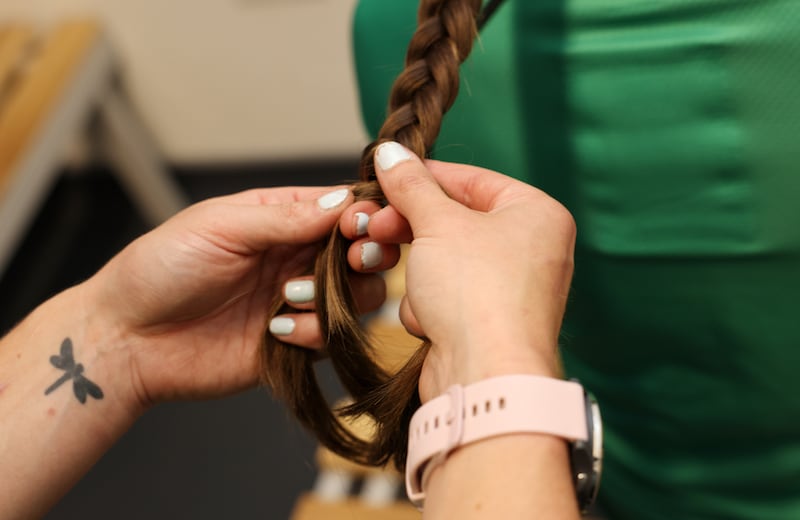
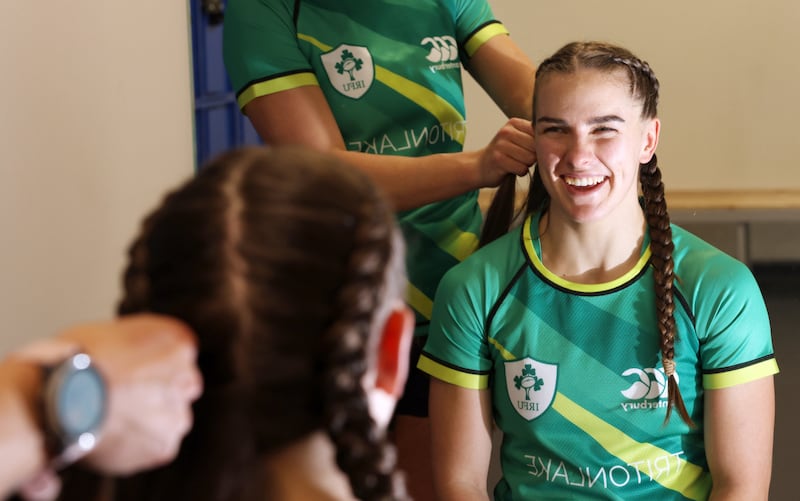
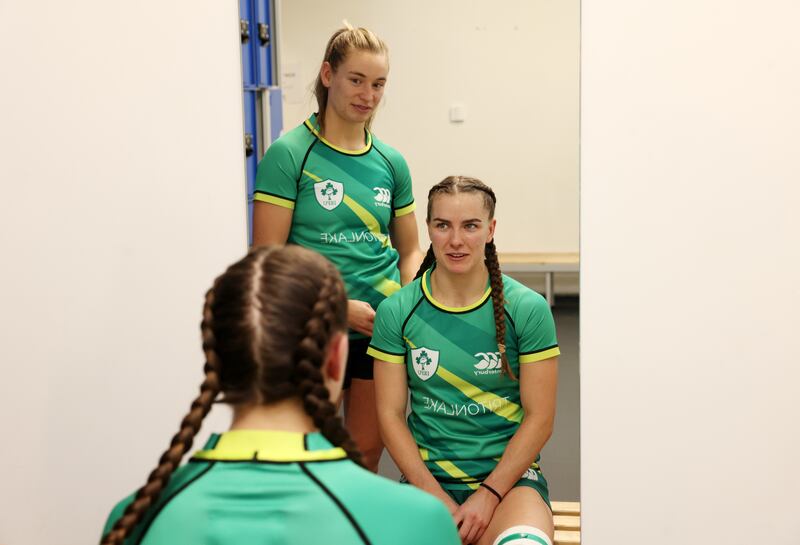
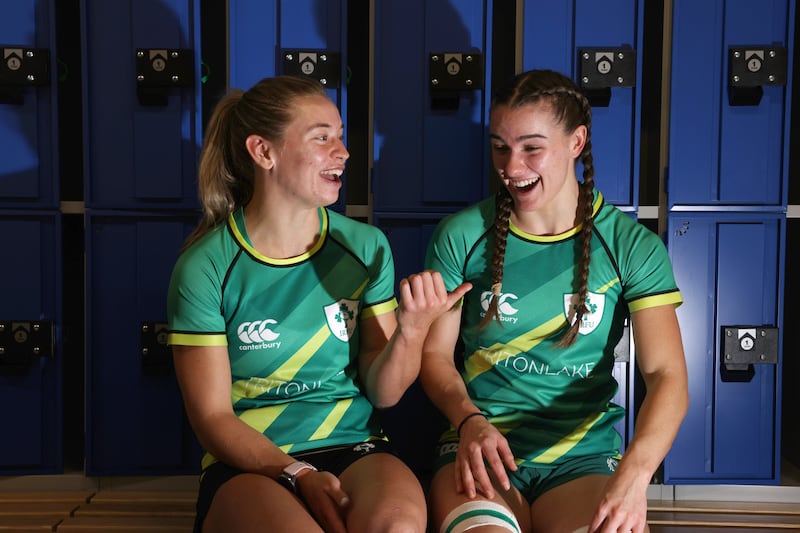
“It’s also the nature of our tournaments,” explains Baker. “They’re over two days; you play three games back-to-back and your hair is so sweaty because usually we’re playing in very warm climates. So you want something that’ll last, that you’re not worried about and don’t have to fix in the middle of a game. Braids are generally the best for that.”
The players say that not only is the braiding practical on the pitch, it can be mentally and emotionally beneficial for players, too, an act of grounding in advance of an often chaotic day.
“When I’m doing certain people’s hair, it really calms me down before a game,” says Baker. Likewise, Waldron says it can be difficult to control her energy “so I feel like when I’m given a job to do, I’m focusing on doing it right”.
“I’m not thinking about where I am or what I’m doing. I’m in the hair zone and it gives me something to do, chatting away to everyone,” Waldron says.
I think having that connection regardless of whether you know them or not is super important. I think that’s where the braiding comes into play
— Kayla Waldron
Talking to the young woman, you get the sense that braiding is an intimate act that adds to their trust in each other and increases the team bond. “I definitely feel that,” says Tarpey. “You don’t want to get just anyone to do it. But also, if you don’t really talk to that person that much and it happens that they’re only the person that can do your hair or you’re on their list for the morning, it is like an unspoken bonding thing. You do feel closer to the person after. It may sound stupid, but you feel more at ease in the other person’s company.”
“It is like a sister’s bond,” says Waldron. “A very one-on-one moment.”
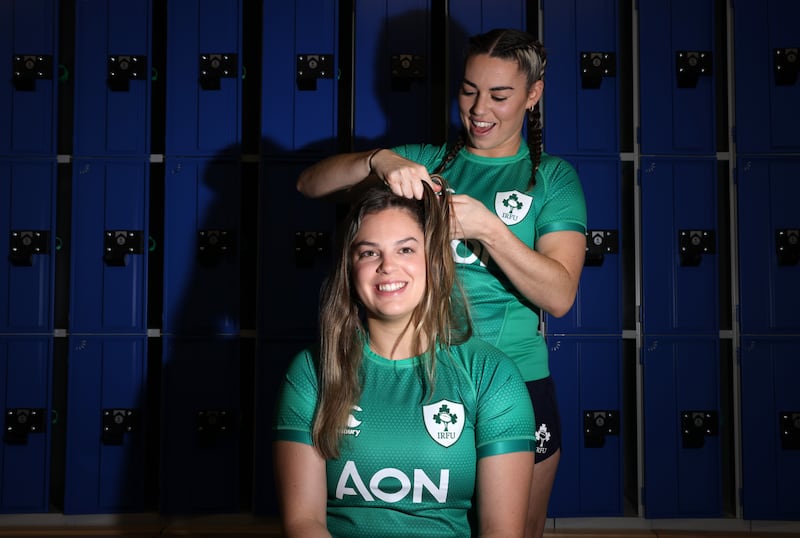
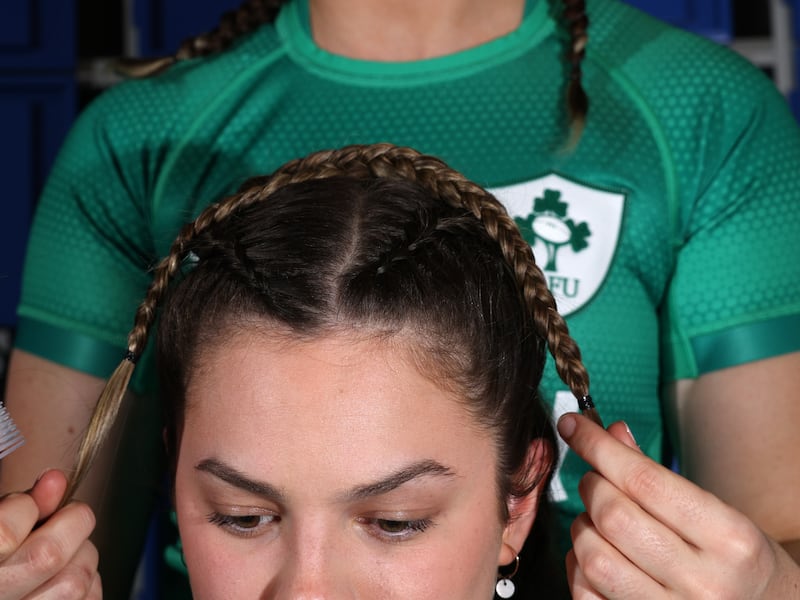
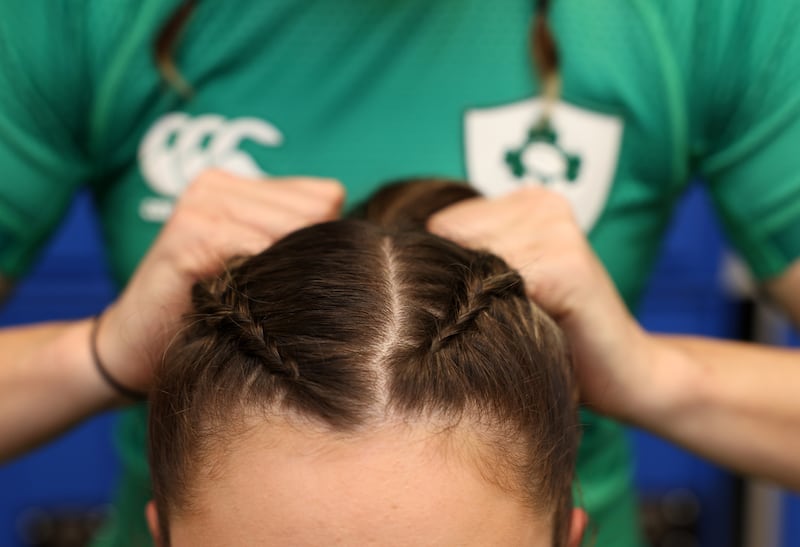
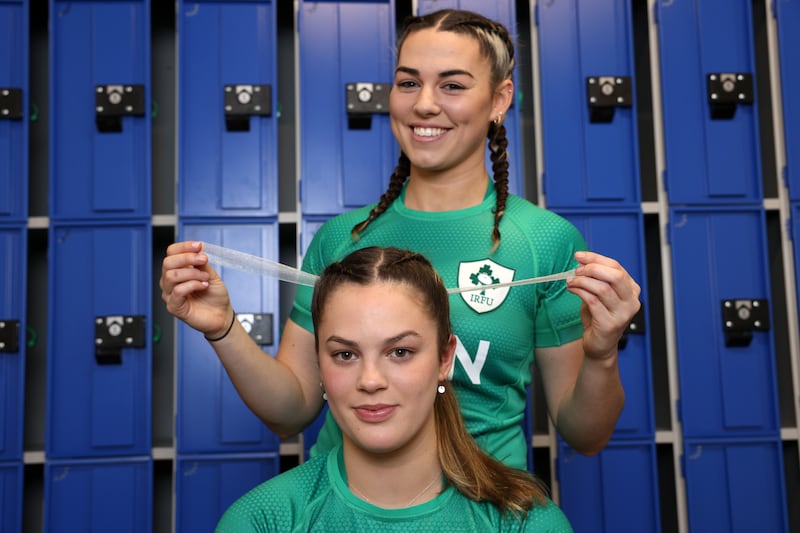
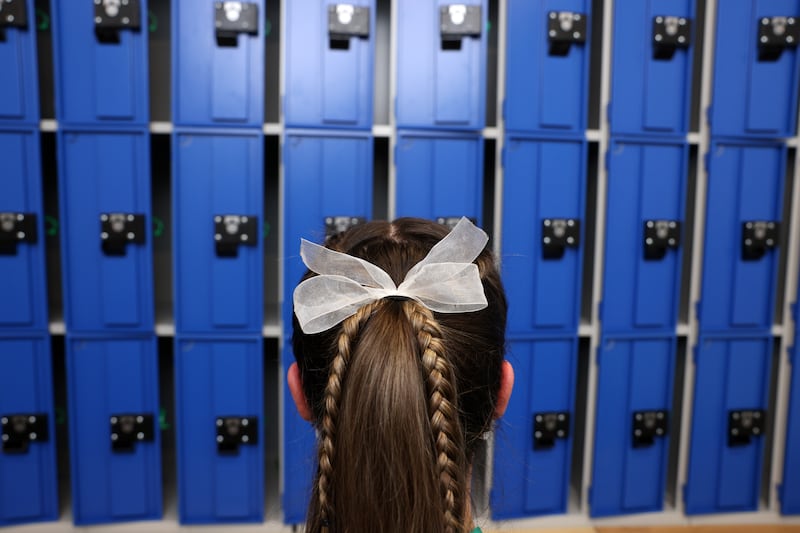
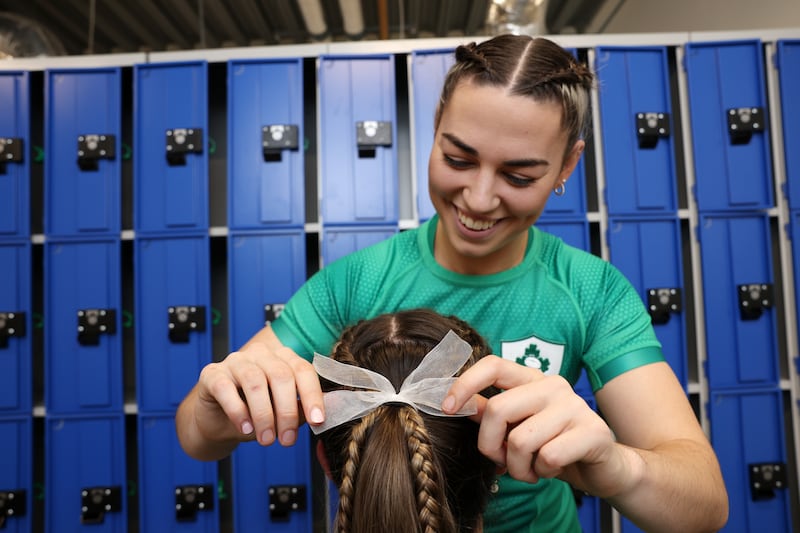
The 15s regularly play with new people, whether that be in the recent Celtic Challenge combined provinces team, or in a club setting with new people joining all the time. “You’re out there trying to do a job for each other and if you don’t have that trust or that connection there will be issues,” says Waldron.
“Regardless of what your relationship is off the field, you need to be clued into each other on the field. I think having that connection regardless of whether you know them or not is super important. I think that’s where the braiding comes into play. There’s obviously loads of other things going on but it is a very intimate act. I’m literally in her hair right now,” says Waldron.
The plaits range in style – French, Dutch and fishtail looks being particularly popular. “It’s definitely a functional thing, but it also looks pretty cool,” says Baker. The braids are intricate and detailed, requiring nimble fingers and a lot of patience, which can appear contradictory to the rough and tumble of rugby, which has traditionally been perceived as a masculine game. Waldron says they are trying to change that perception.
It’s like wearing your match day kit. You wouldn’t rock up to an international game wearing uggs and pyjama pants
— Kayla Waldron
“Anyone can play rugby,” she says. “It’s probably one of the most size and shape inclusive sports I’ve been involved in. There’s no mould you have to fit in. What the women now are doing is going ‘listen, we’re tough, we play this really tough sport, it’s hard on our bodies … you don’t have to look a certain way’.”
Some of the 15s players have been professional since November 2022, and are lining out this weekend for their first TikTok Women’s Six Nations since receiving full time contracts. At club level Tarpey says she didn’t care as much about her hair. “It felt like nobody was really watching so if I was fixing my hair 100 times in a game, no one really cared, only my dad, so it was grand. But now it’s about professionalism. It’s part of the routine,” says Tarpey.
“It’s like wearing your match day kit. You wouldn’t rock up to an international game wearing uggs and pyjama pants,” adds Waldron. “There’s an aesthetic with that as well. You’re in your photos, you’re looking smart … for some of us, it’s part of the uniform.”
The Irish women’s rugby team play their first game in the Women’s Six Nations against Wales on Saturday at 2.15pm

















